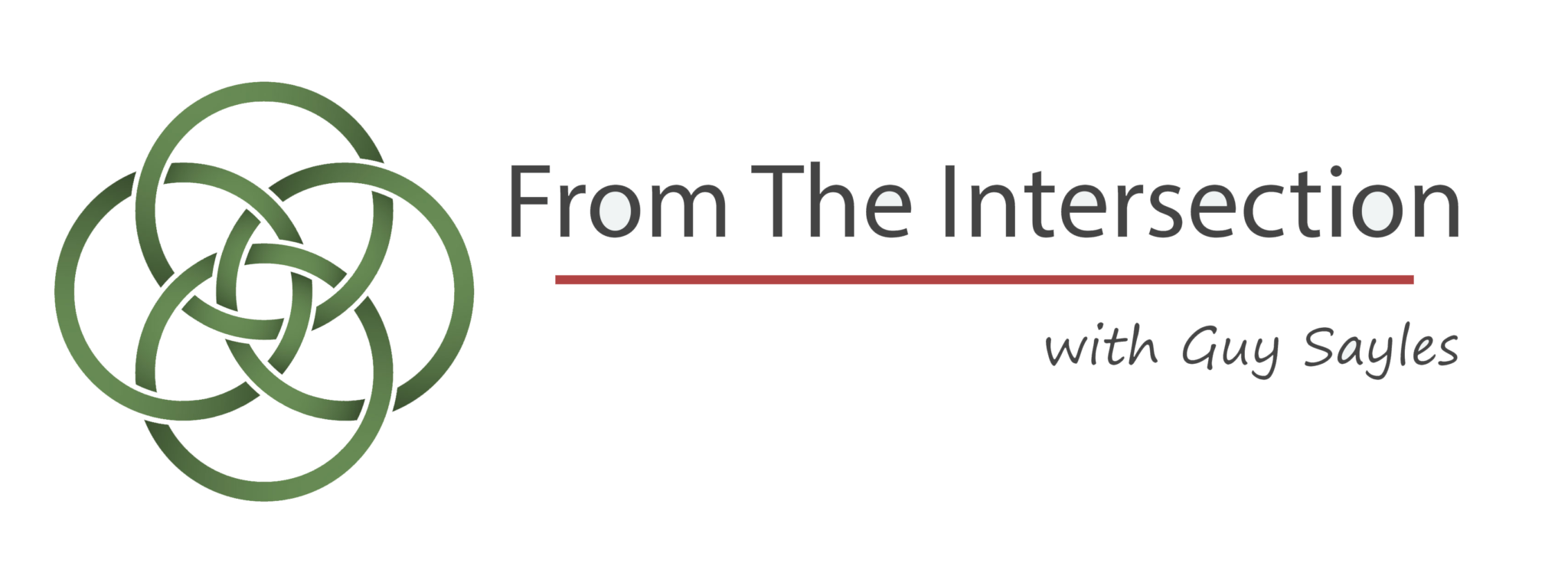Insider. . . outsider
Male. . . .female
Light. . .dark
Weak. . . strong.
Faith. . . doubt
Life. . . death
Courage. . . fear
Love. . . hate.
Yes. . . no
These tensions rest close together in our minds; many of them are also entangled, like interconnected roots, in the soil of our soils. Pastoral counselor James Dittes wrote: “Our deepest longings are locked together with our deepest fears, our strongest likes readily unravel into strong dislikes. The same persons and situations to which we are most fiercely attracted and attached can trigger astounding antagonism and aversion.”
The interconnection of these opposites–the interplay of light and shadow—helps to account for the ambivalence and unsettledness we often feel.
Ambivalence attaches to everyday kinds of things. So, there’s the part of me that wants to take care of my health: to eat wisely and well and to get enough sleep and exercise, but there’s this other force at work, apparently: the one that puts the Ben and Jerry’s carton and a spoon in my hands, that lands me on the sofa in front of the TV, that convinces me that watching other people play sports counts as exercise for me.
Maybe there’s a desire in you to make a difference in your community, and you agree to serve on a volunteer board or sign up to help in a soup kitchen or to tutor kids one afternoon a week. Maybe you even go to a training session or show up the first few times; but, soon, just about any excuse will do not to be there: too busy, too tired, running late, stuck in traffic, relatives in from out of town, whatever.
A salesman can fritter away the day in busyness; in the morning, drinking coffee with the sales manager, talking with suppliers, and making lists of potential customers. In the afternoon, trying to decide whom to call first and dreaming about what he’ll do with the money when he makes the big sale. The salesman is busy, but he never sells.
A writer can spend hours anxiously preparing to write—sharpening pencils and lining them up on the desk, arranging resource material, reviewing what others have written, and making coffee and adjusting the thermostat—but never write.
Parents can run themselves ragged and their children into crankiness, hauling their kids to various enrichment opportunities and never actually get to know their children as people with their own ideas and perspectives, their own hopes and fears, their own hopes and dreams. They are busy on behalf of their children, work for their children, and provide for their children, but are not involved openly, at the level of the heart, with them.
And, how many relationships do you have in which you are avoiding talking about the one subject you most need to discuss—the one question you know you have to ask, the one answer you know you have to give?
All this procrastinating, avoiding, dodging, being consumed by busyness, trafficking in trivia, and living on the surface of things—all of it, I am convinced—grows from a deeper-than-meets-the-eye ambivalence we feel about life itself: we want to engage it and embrace it, and we also want to escape it and run from it. We have a deep down resistance to love and grace, to healing and health, to light and joy.
I can’t fully account for this resistance, where it comes from and why it is so hard to push through. I know it has something to do with fear—maybe the fear of assuming fuller responsibility for our lives.
Stephen Pressfield said: “Resistance cannot be seen, touched, heard or smelled. But it can be felt. . . . It’s a repelling force. It’s negative. Its aims is to shove us away, distract us, prevent us from doing our work.” (The War of Art, p. 7).
This resistance causes us to say “no” when we could, should, say “yes”; and “yes” when we could, should, say “no.” We dream of success and sabotage ourselves. We yearn for freedom and the shackle ourselves. We reject what would give us life and welcome what diminishes us.
Pressfield suggests this crucial “Rule of thumb: The more important a call or action is to our soul’s evolution, the more resistance we will feel toward pursuing it” (p. 12).
We can resist our resistance—to sabotage our sabotaging. And we do that by surfacing it rather than denying it and by facing it rather than running from it. Resistance cannot withstand, for long, being known for what it is. It will put up an intense, temporary fight, but it melts away when we expose it to the light of truth and the warmth of awareness.
Discover more from From The Intersection
Subscribe to get the latest posts sent to your email.


What a thoughful and thought provoking essay, Guy. So much is so true for all of us except taht the time we carve out to make sure is our childrens' time is so vasluable especially when one looks back 2 decades.